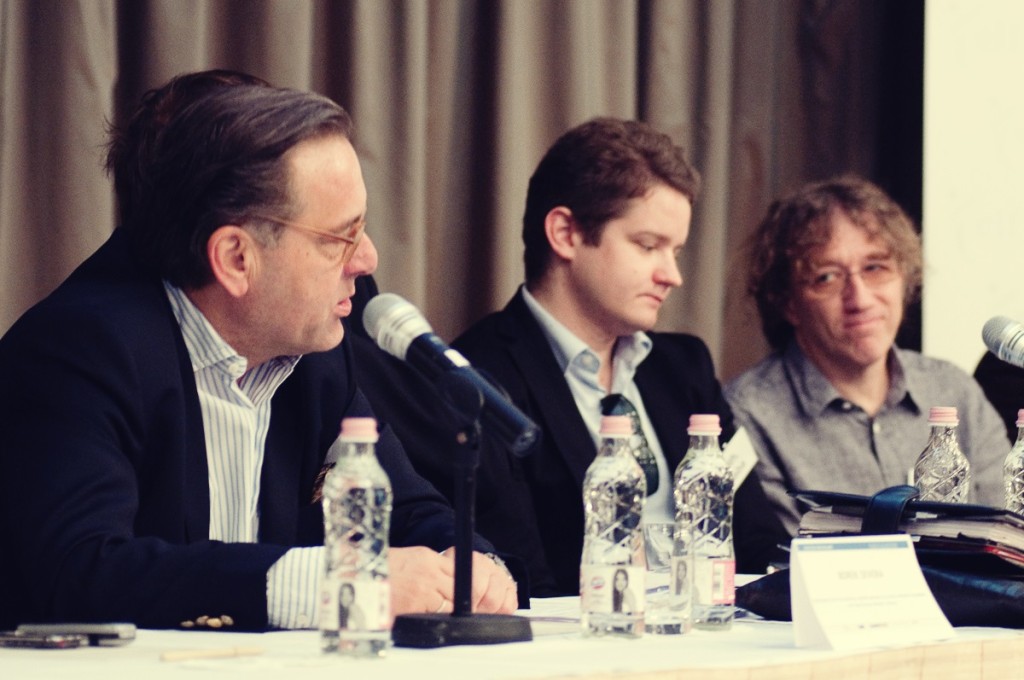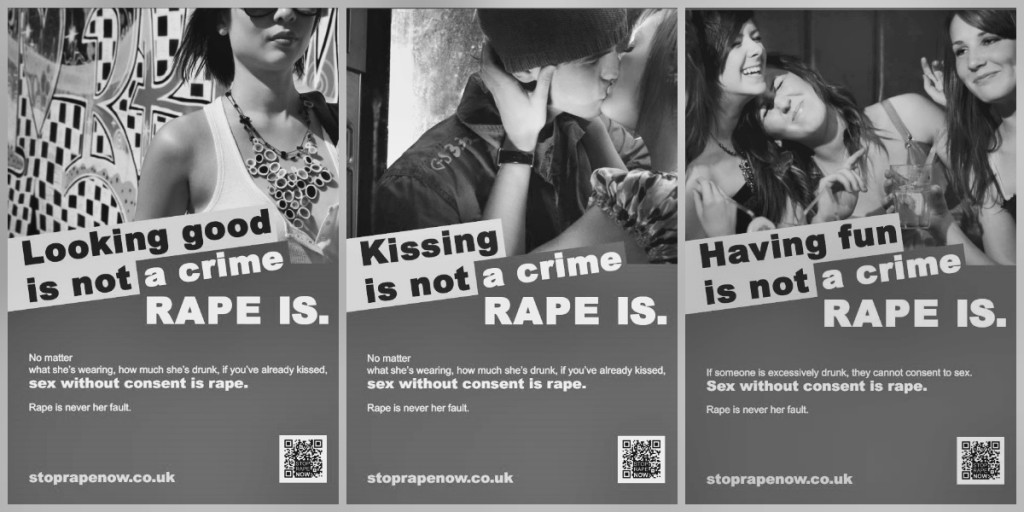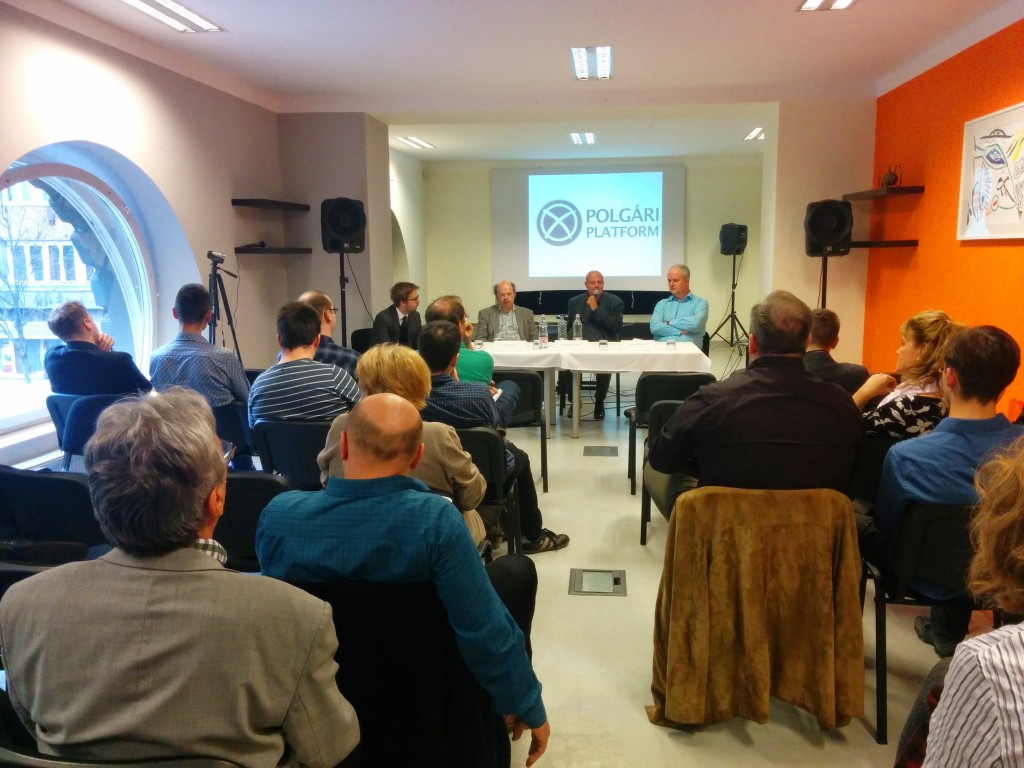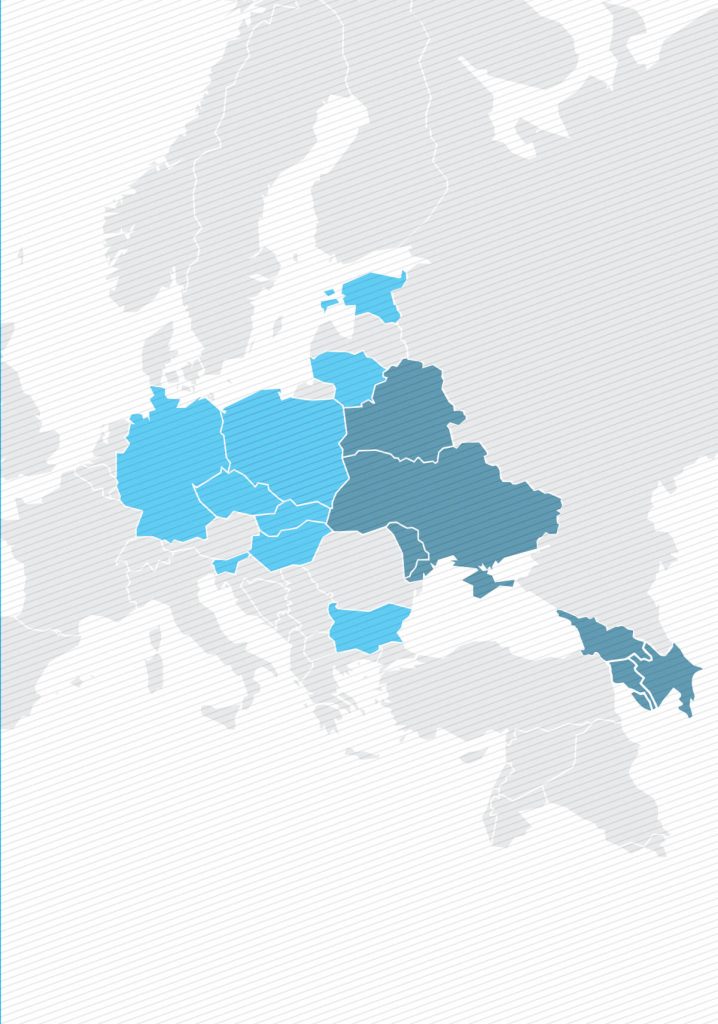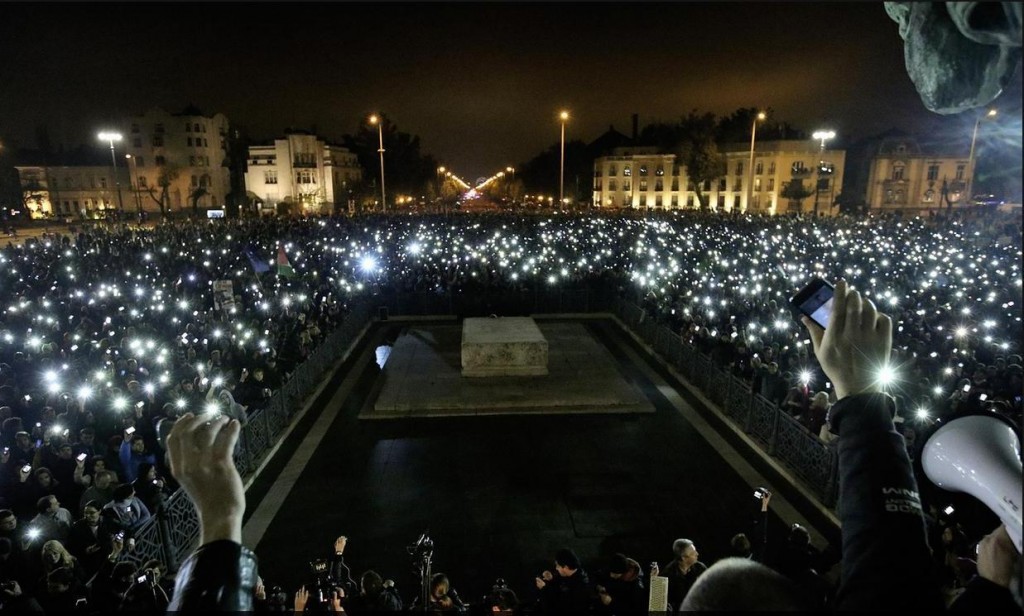
Hungary Chooses the West – Celebrating the Anniversary of Revolution of 1848
BY
Mate Hajba / March 17, 2015
The 15th of March is a time of national celebration and pride in Hungary. In 1848 on this day, the Hungarian people rose up against Habsburg overlords and started a revolution to fight for liberties. This year, the country was divided between two main celebrations.






